-
CreatorTopic
-
11/17/2014 at 7:55 am #2349
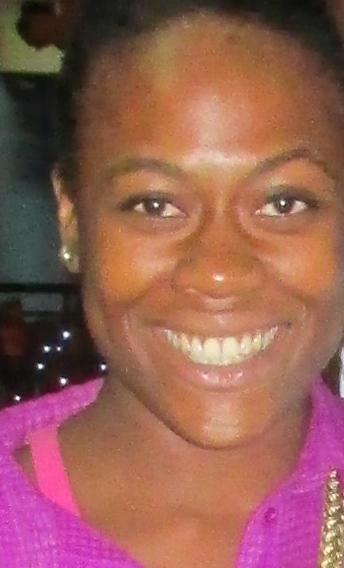 ErikanMember
ErikanMemberAfter reviewing the module content for Lesson 8, take some time to reflect back on what you learned and answer the following questions:
1) What are some examples of trial-related harms that participants have experienced, or might experience, at your site or the site you are affiliated with (e.g. loss of housing, social stigma, vaccine induced seropositivity)?
2) How has your team dealt with these situations? Which stakeholders provided input, and how did they help?
-
CreatorTopic
-
AuthorReplies
-
-
10/21/2015 at 9:22 am #3998
 NombuyiseloMember
NombuyiseloMemberLesson 8 I had to reflect at the social harms we had to deal with at sour site and what comes to my mind is one patient who was an MDR TB trial participant who was very ill. The doctors from the site had to book him off work because of his health condition. He was unhappy because of the type of work he was doing was no work no pay and he was a bread winner at home, he just wanted to back to work. The clinical site socialworker had to intervine and discuss with his HR to discuss if there was any form of income he could recieve from work because he was the breadwinner at home. Patient was advised to go to the department labour and he benefited from the uneployment insurance fund. He was not even aware of this fund.
-
01/16/2015 at 12:37 pm #2684
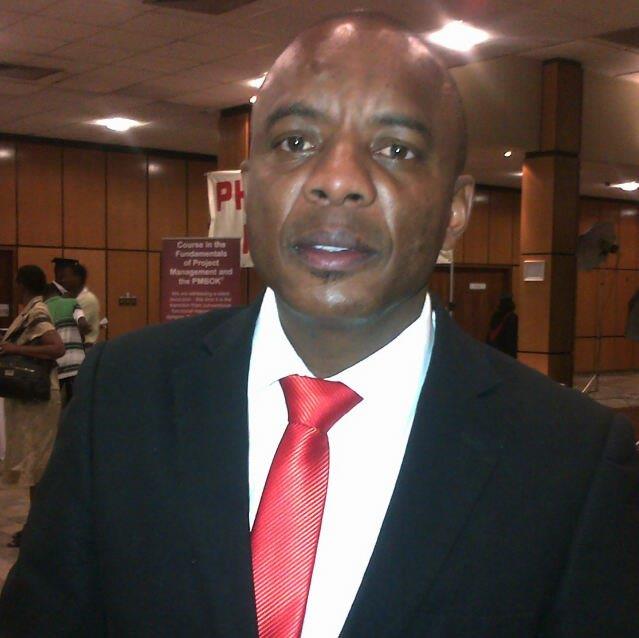 John MdluliMember
John MdluliMemberIn our site we have experienced a lot of personal stigma associated with the use of Investigational Product. Participants complained about the discomfort associated with the product usage. The use of 1% Tenofovir gel had its own challenges. Most participants reported personal discomfort associated with gel usage. Some have reported that their partners were complaining that they are “wet” and some have been accused of cheating
Intervention
The site consulted with CAB to get their input on the above mentioned harms. Some of the advices offered was the provision of pads and petty liners. Participants were also advised to insert their gels early enough before sexual intercourse in order to avoid problems associated with the product use. Motivational talks were issued to participants on the gel usage.
-
01/16/2015 at 12:25 pm #2683
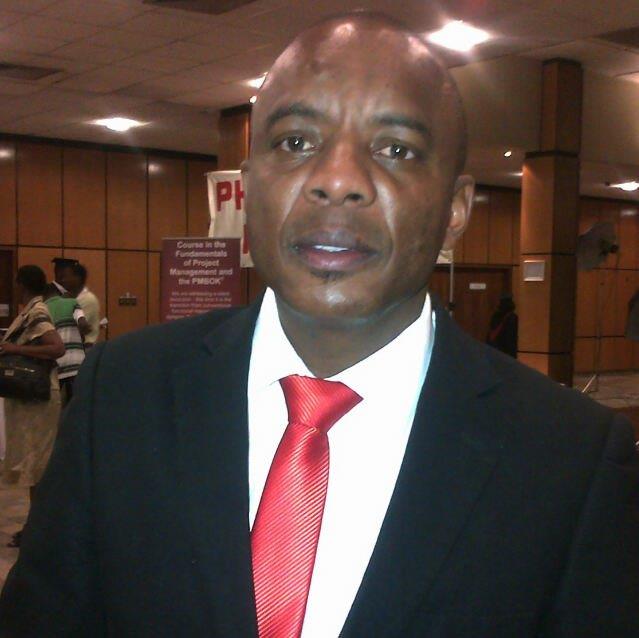 John MdluliMember
John MdluliMember1) What are some examples of trial-related harms that participants have experienced, or might experience, at your site or the site you are affiliated with (e.g. loss of housing, social stigma, vaccine induced seropositivity)?
The trial related harms can be classified into the following categories:
Product Related Harm: An example of product related harm include Vaccine Induced Seropositivity (VISP) a serious concern to people participating in HIV vaccine trials. People have reported discrimination and stigma associated with VISP. Another challenge is that VISP it is an unknown concept in our communities. The community understanding of HIV results is that you are either HIV Positive or Negative. We need more education around VISP
Community Related Harm: People participating in HIV prevention trials are perceived as promiscuous and having multiple sexual partners. Some are perceived to be HIV positive despite their participation in HIV prevention trial.
Family related Harm: Some participants have reported physical abuse by either family members or partners due to their lack of disclosure regarding their participation in an HIV prevention trial.
How has your team dealt with these situations? Which stakeholders provided input, and how did they help
Our site has introduced the participant’s support groups to help participants with issues that will disturb their participation in the HIV prevention trials. Groups consisting of cohort groups of participants was introduced during the implementation of FACTS 001 trial. These FACTS clubs also included a sub-group consisting of partners and family members. This intervention has been very useful since it provided a different perspective to stakeholder engagement.
-
01/15/2015 at 4:30 am #2676
Siriporn
Member1.) For our study, we have experience on stigma on the enrollment process and follow up process with ARV clinic (Anti-retroviral clinic). Subject who interest to enroll in the study should go to ARV Clinic for screening and enrollment and will follow up at ARV clinic in every 3 months. Therefore the study indicates that subject who is HIV negative and HIV positive can enroll in the study. The fact that when we recruit HIV negative participants in to the ARV clinic, they come from same areas with HIV positive and subject who on ARV treatment,
Subject who have HIV negative status; they concern uncomfortable and start grapping and subject stigma when they go to the ARV clinic for conduct the study (they said they HIV negative). We refer them to the trained counselors and study team for discuss and give suggestion and find appropriate solution.2.) Study team setup the meeting with ARV clinic staffs, counselor, and participants for find solution.
We set up the appropriate comfortable area clinic for participant in this study. We did consult with CAB after this situation resolved and they had suggestions about management plan for subject harm. -
01/15/2015 at 4:17 am #2675
Siriporn
MemberFor our study, we have experience on stigma on the enrollment process and follow up process with ARV clinic (Anti-retrovirus clinic). Subject who interest to enroll in the study should go to ARV Clinic for screening and enrollment and will follow up at ARV clinic in every 3 months. Therefore the study indicates that subject who is HIV negative and HIV positive can enroll in the study. The fact that when we recruit HIV negative participants in to the ARV clinic, they come from same areas with HIV positive and subject who on ARV treatment,
Subject who have HIV negative status; they concern uncomfortable and start grepping and subject stigma when they go to the ARV clinic for conduct the study (they said they HIV negative). We refer them to the trained counselors and study team for discuss and give suggestion and find appropriate solution. -
12/24/2014 at 12:12 pm #2597
Agnes Nondo
MemberThanks Anne for sharing the websites on VISP, this is going to help us very much.
You have mentioned inappropriate treatment for HIV as one of the potential harms from VISP I envision this scenario happening in PMTCT because the current practise is that, upon obtaining rapid HIV results expectant mothers are commenced on ART , the CD4 count level is not considered. The team must plan for adequeate stakeholder engagement involving health workers especially the MCH staff.
-
12/04/2014 at 2:44 pm #2493
Agnes Nondo
MemberI wish to thank the team for sharing the reality about VISP. Being a new HVTN site, we have just been imagining how we will be handling such situations. Rona you have given us great information which we are going to put into use I wish I could be allowed to print your experience and share with the team.
-
12/04/2014 at 2:36 pm #2491
Agnes Nondo
MemberOur site has not experienced much social harms due to partipation in the trial, but one occurence was so serious that we had to engage the women’s lobby group and the victim support unit. When the partner found out that the wife was taking part in the HPTN trial which tested acyclovir suppressive therapy for HIV prevention in HSV2 positive women, the husband who was HIV positive started abusing the woman sexually, he could clean upthe vagina with the cloth to have dry sex with her with the intention of infecting her, he could rape her on several occasions, she was an orphan, uneducated she depended on him unfortunately. We ralised that she started loosing weight, she was miserable all the time she came for the study visits, we probed she explained the situation and we had to interven.
-
12/04/2014 at 1:31 pm #2490
 Marie MicheleMember
Marie MicheleMemberDear all, this is definitely an inspiration discussion, it is amazing to see how we all have some how same concerns and questions in our mind. My comments are on minimizing social harm before the trial start, yes Research team and community team may try to reduce potential social harm by educating potential participants, and stakeholders, gettogether and think potential social harm that may occur during study and propose solutions, but still social harm in clinical trials are there. The experience from our site, we have been trying to do our best to minimize rumors in the community before study start, by collaborating and educating all stakeholders that we think are relevant for the trial, but we still have social harm, not many but they still exist. While for us, we are confident that we did our best to make people understand well the trial before it start.
For that reasons, we have been trying to assess why. We have that found, those participants who are excluded in the study are mostly the ones who cause social harms in the community due their rumors; we tried to discuss with some of participants, here is what we got as responses: participants who are excluded try to hide that they had been excluded, because they do not want partner, family or neighbors to know why they did not continue to participate in the trial. So they have to create such stories, others do that because they are jealousy etc. To me avoiding social harm, I think it is not easy. What we do is to make sure that we do our best, and we have stakeholders who are active enough to keep their eye open and share with us any information including social harm so that we intervene as soon as possible.
-
12/04/2014 at 11:28 am #2489
 Marie MicheleMember
Marie MicheleMember1) What are some examples of trial-related harms that participants have experienced, or might experience, at your site or the site you are affiliated with (e.g. loss of housing, social stigma, vaccine induced seropositivity)?
For our site, we did not face a serious harm, it was more about social stigma. HIV testing is one of the test done before the participants be enrolled in the study. The fact that when we recruit participants, they come from same areas, and they know that HIV is one of exclusion criteria; so if other participants found out that they neighbors are not coming to the Research Centre, they will started gasping, maybe she is HIV positive, while they know that there are many reasons of exclusions criteria, but they always think about HIV in first place. This cause stigma those who are found HIV, that why even though they are excluded, we refer them to the trained counselors, ,(we give her a list of clinics that we walk together and they chose them selves which one they prefer) but still and we also make a follow up by calling them and find out how they are doing.
and some rumors caused social harm as well. E.g. women especially those who are excluded, tried to find away of explaining why they are not coming to the Research Centre and said, they stopped because RC remove uterus, or they inject things that would harm participants, those kind of things. So some participants get problems with their partners or families who hear those stories, and some times we have to intervene
2) How has your team dealt with these situations? Which stakeholders provided input, and how did they help?
Most of the time, Principal Investigator and Study Physician come with me in the community to give correct information, it depends on what kind of information we have, if it is serious then we go there as team, or we invite participants with their partners to come to Research Centre and we explain more. Most of the time study participants are the ones reporting social harm, or community mobilizers or local authorities. And they are the ones who suggest that we could go in the community or we invite people at Research Centre. It depend on situation.
-
11/25/2014 at 4:41 am #2434
Mathias Wambuzi
MemberTeam,
Going solo for our site whose earlier submission in the previous modules(lessons) that trials are happening in research naïve communities(fishing communities),unique harms include; Community stigma( trial participants are branded HIV positive by virtue of their participation),Big volumes of blood samples and female oppression by husbands .
Mitigation is done through community sensitisations ,demonstrating between blood donation and volumes for trial, male involvement at screening , research literacy campaigns.
-
11/25/2014 at 4:30 am #2433
Mathias Wambuzi
MemberDear Team,
Better late than never!
I join the discussion with excitement on your submissions regarding the topic. This excitement stems from the background that all the physical and social harms discussed cut across the various sites. True?? To me , this alone cements the need to implement GPP universally.
-
11/24/2014 at 6:42 pm #2428
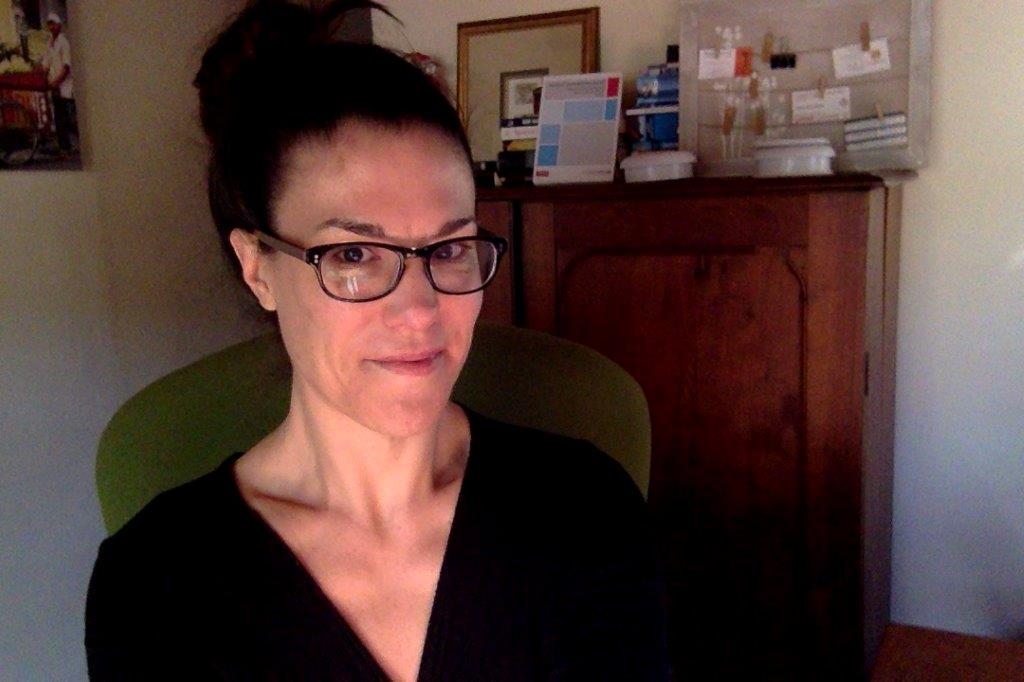 AnneMember
AnneMemberThose echo my thoughts too, Cathy! I Thinking from a SA perspective, potential harms from VISP can be very significant in our setting–such as difficulties in obtaining medical, disability or life insurance policies, obtaining visas, inappropriate treatment for HIV, and/or disruption of personal relationships with family or friends. VISP can really challenge heath care systems in resource limited countries, because of the need for specialized testing and follow up– and educating already overburdened and busy health care providers in these contexts can be a major undertaking on its own.
For some more reading, a webinar about VISP was organized by the Vaccine Enterprise and presented in May 2013. A recording is available at: http://www.vaccineenterprise.org/content/timely-topic-VISP
Additional resources about VISP are also available at:www.vaccineenterprise.org/VISP-resources
Just cut and paste the links into your browser. I hope you enjoy– it’s interesting stuff!
-
11/23/2014 at 8:16 am #2413
Cathy Slack
MemberHi all, IRB reviewers also need to see in the protocol the steps that will be taken to offset harm from VISP – it helps them decide if the risks from vaccine administration will be reduced to an acceptable minimum, and then be sufficiently outweighed by the potential benefits. I suspect for the P5 studies being to be implemented in Southern Africa there will be interest from IRBs to see if the measures introduced to offset VISP in, for example, the US can be achieved as comprehensively outside of that setting.
-
11/21/2014 at 8:42 am #2399
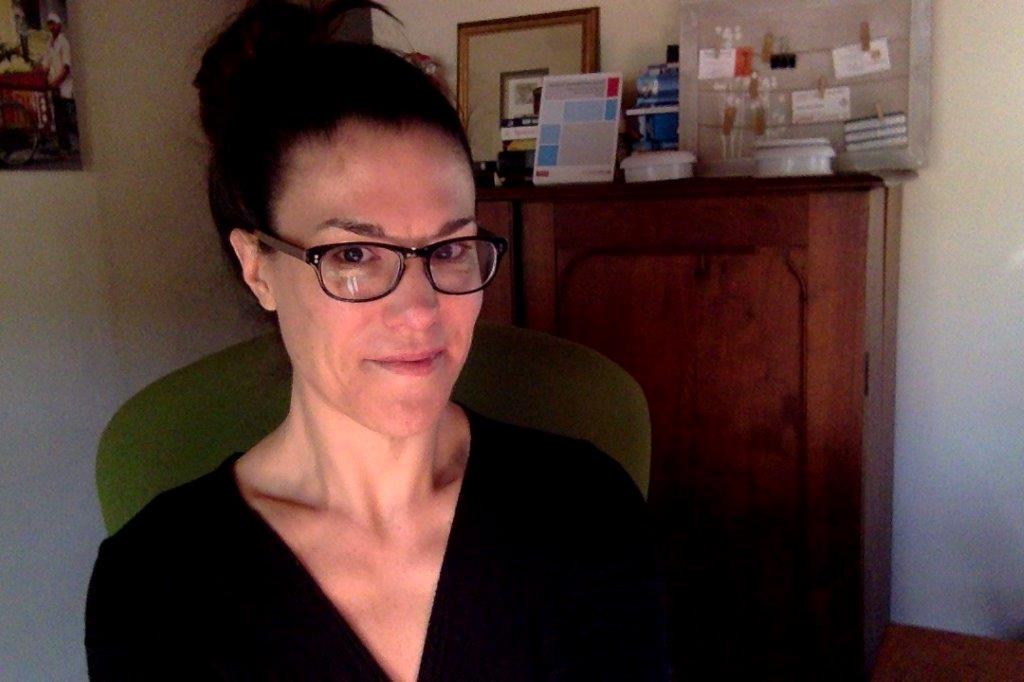 AnneMember
AnneMemberHi Laura and others:
I think your responses definitely illustrate the ethical responsibility of researchers to minimize the risks in a trial, such as the potential social, physical, and emotional harm that could result from a false HIV diagnosis due to VISP. In fact, it has risks for trial outcomes as well–if enough participants get tested outside of the trial and potentially unblind themselves and the trial staff, it could pose a big problem with maintaining the integrity of the data being collected! So –yes, it is very imperative to think critically about the range of potential harms and ways of addressing them with stakeholders, such as local health providers and even other trial sites!
-
11/21/2014 at 12:52 am #2394
 Laura PotterMember
Laura PotterMember1. As many others have mentioned, VISP has been an issue for vaccine trial participants in the past. I don’t believe we have had anyone attempt to donate blood or organs, likely because of effective education during the informed consent process that this will no longer be an available option for them. However, people may test outside of the approved sites in the national registry, and then the consequences may be problematic and stigmatizing if this results in folks believing they are HIV-positive based on a false positive antibody reading of a rapid test.
2. These and other trial participants, as well as some local providers, HIV/AIDS organizations, and members of our Community Advisory Group, have spoken up about concerns regarding VISP, and we have attempted to weave significant education into the informed consent for all HIV vaccine studies. Sometimes we post articles to our HIV vaccine studies Facebook page (called SFisReady) that have to do with VISP and other side effects or social stigmas associated with experimental HIV vaccines, which includes not just study participants but also other stakeholders and community members in its audience for increased reach of this education and awareness. Increasingly, health providers who would run HIV tests and discover these cases of VISP are becoming more aware of the existence of VISP from being in an HIV vaccine trial, which is also helpful; there could definitely be more presentations done on this topic, especially in health clinics and other health provision locations to spread knowledge of VISP further in the community.
-
11/20/2014 at 8:23 pm #2390
 RonaMember
RonaMemberI have heard other stories like the one Pongpun describes, where family members or friends believe someone is infected because they are on PrEP or as I described earlier because they test positive because of VISP. It sounds like in her case, not only did the site staff effectively address the specific situation but worked with the CAB to plan for this sort of reaction in the future.
I have to imagine and hope that with increased awareness and knowledge in the broader community (as a result of continued stakeholder engagement and other efforts) we can garner more support for trial participants overall and reduce social harms such as these.
-
11/20/2014 at 8:44 am #2388
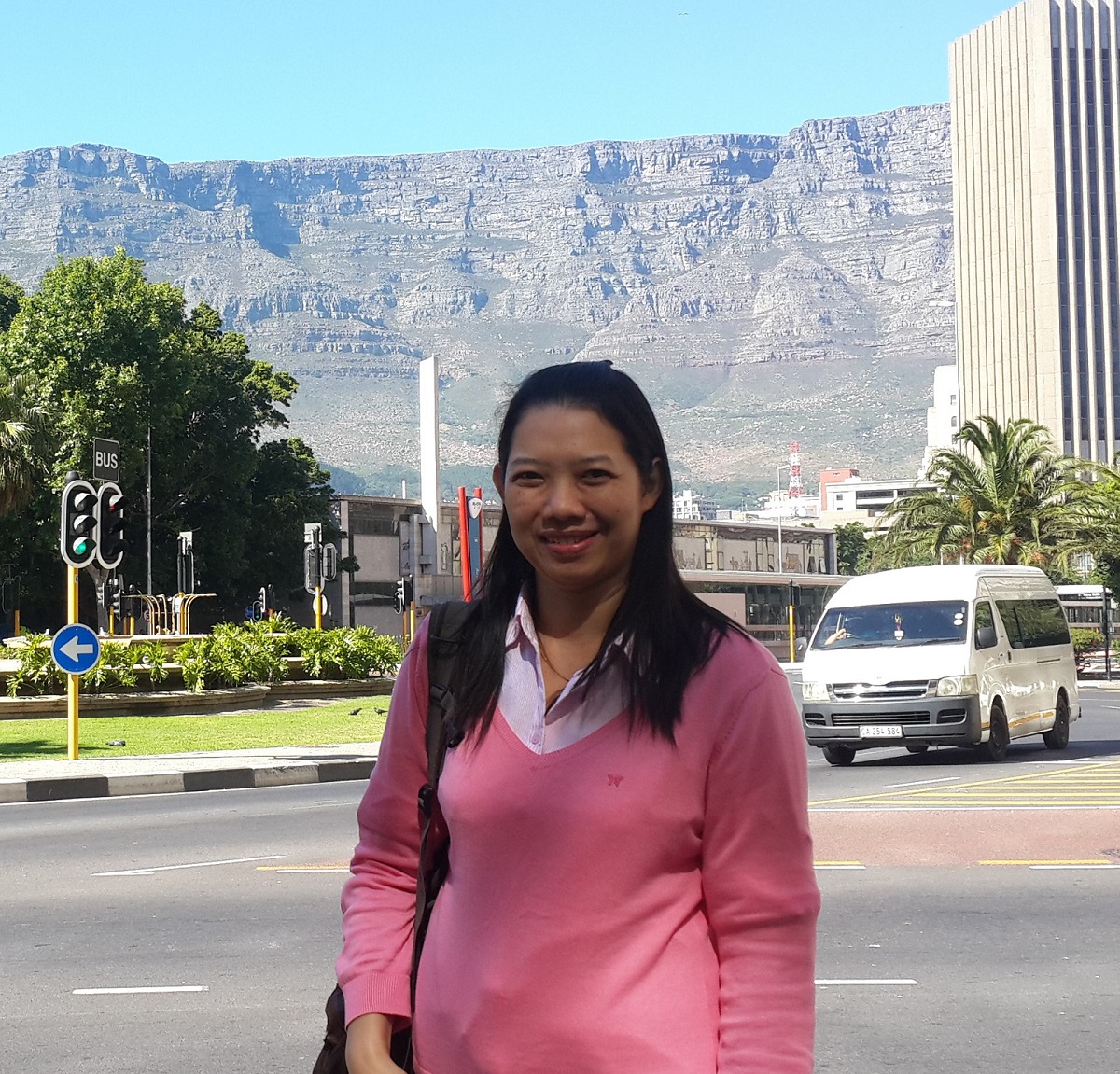 PongpunMember
PongpunMember1. What are some examples of trial-related harms that participants have experienced, or might experience, at your site or the site you are affiliated with (e.g. loss of housing, social stigma, vaccine induced seropositivity)?
I have been found that participant have social harm from family because his mother found Truvada in his bedroom. She understand that her son has HIV infection because she search internet and found that this drug is ARV.
2) How has your team dealt with these situations? Which stakeholders provided input, and how did they help?
Clinic staff investigate with participant about this situation and evaluate seriousness with him. We prefer option to resolve with him such as invite his mother to clinic and explain study to her. Finally, participant can explain to his mom with himself and this event resolved. At that time we no have stakeholder engagement clearly. However, we did consult with CAB after this situation resolved and they had suggestions about management plan for social harm.
-
11/20/2014 at 8:31 am #2387
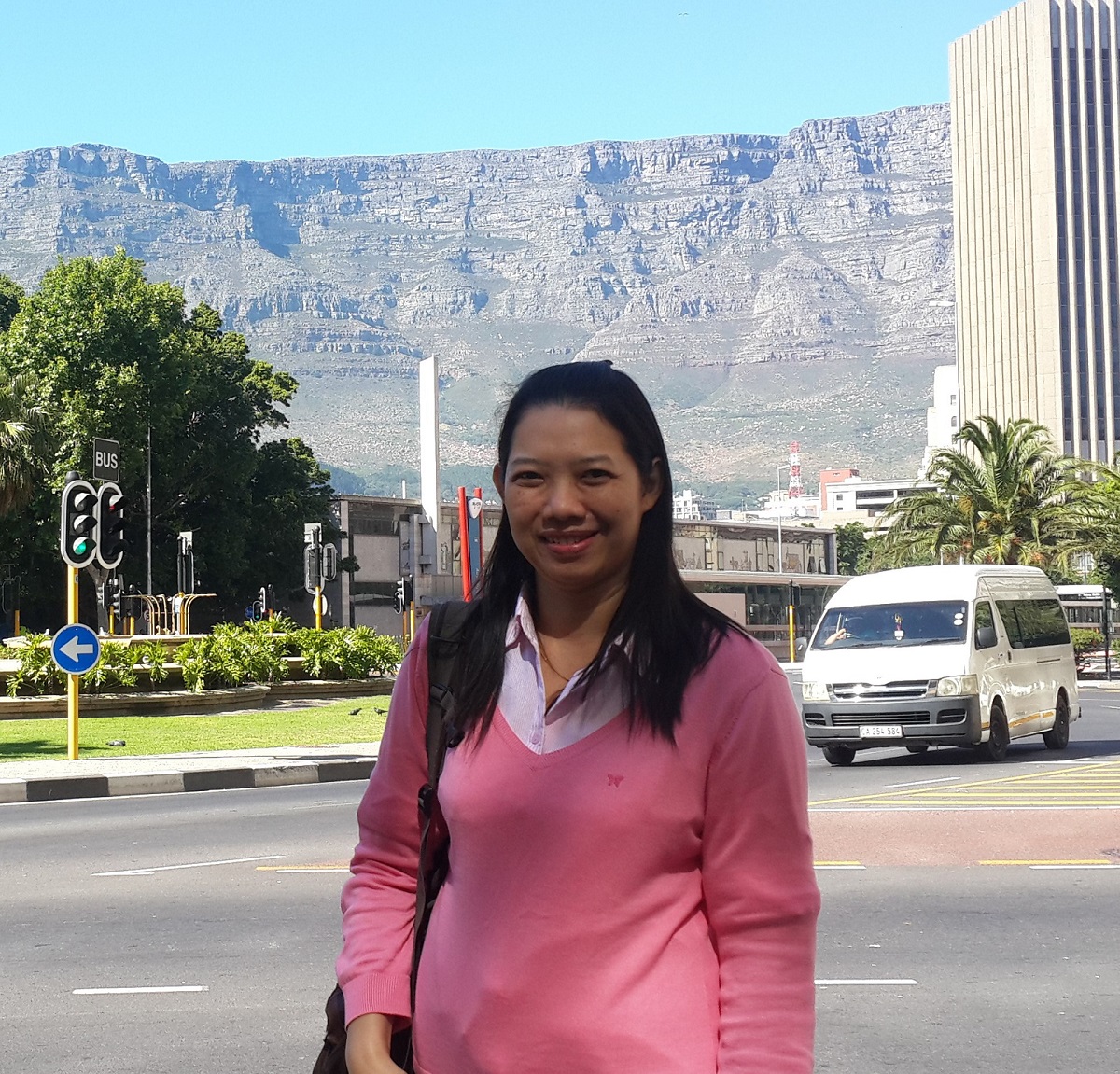 PongpunMember
PongpunMemberI have been found same situation with Rona and Jauhara about vaccine trial induced to false positive. Participant call to clinic and consult about this situation because she has rejected from blood donation. This trial had finished around 2 years and this participant has follow up in final visit as protocol already. I need to clarify with this organization and she disclose by herself that she was vaccine trial participant. Everyone understand and this event resolved.
Study need to develop plan for protect participant and for safety. Staff have been emphasize all participant about urgent contact to staff anytime if they found problem form study. Stakeholder can help researcher to know about all concern or any effect that may be occurred with participants of trial.
-
11/20/2014 at 5:48 am #2385
 Jauhara NanyondoMember
Jauhara NanyondoMemberAs a general way of tracking what happens to participants lives even after the clinic visit we advise them to contact us at anytime if they really need to help from us.
Also continuous health education during the clinic visits and continuous informed consent process through the study period. This whole process empowers participants with knowledge about the study and they can be supported while on study.
-
11/20/2014 at 5:44 am #2384
 Jauhara NanyondoMember
Jauhara NanyondoMemberDear all,
For our vaccine trials, I agree with Rona, we have had our participants test outside the research clinic and informed that they are HIV positive.This happened shortly after he had a clinic review visit in which we had told her that she was negative. She had just joined a new relationship and both needed to test together. Her HIV results came out positive yet her partners results were negative.There was a bitter talk, the lady tried to explain to the man that she was participating a clinical trial. At this point the man did not fully accept what she was saying because he had hardly heard about this scientific research.
This lady raised the issue to her research clinic counselor, who eventually shared it with the PI, for solutions. The study participant was advised to come to the clinic, the research nurse talked to her about the false positive result and why it may have happened and then advised to test from the research clinic.She requested whether she could bring in her partner to the research team to help him understand the science. We accepted and the partner was support well with the required information and eventually they went away happy.
The scenario above if not well handled can led to serious social harm.
Currently most of the trials require semen collection, and to some participants may get addicted to the practice that they initially did not have before joining the trial.
-
11/19/2014 at 7:40 pm #2380
 RonaMember
RonaMemberThe issue of Vaccine Induced Seropositivity or VISP is very real for our vaccine participants. About 10 to 20% of people who join our HIV vaccine studies report personal problems or discrimination because of joining an HIV vaccine study. Family or friends may worry, get upset or angry, or assume that you are infected with HIV or at high risk and treat you unfairly as a result. It’s more rare for a person to lose a job because the study took too much time away from work, or because their employer thought they had HIV. But there are issues with foreign travel, insurance, and US military service.
The protocol consents for our HIV vaccine trials address the potential social impact risks of study participation and all our CAB members participate in reviewing protocols, consents, and communications materials, including VISP-related materials. The protocols and other materials detail the potential risks including being denied medical or dental care, employment, insurance, a visa, or entry into the [US] military. Participants are told that if they do have a positive HIV antibody test caused by the study vaccine, they will not be able to donate blood or organs.
DAIDS has had procedures in place to help our study participants with VISP since before the first extramural HIV vaccine volunteer was ever vaccinated, and they continue to be in place today. We provide our study participants free HIV testing for as long they need it. (Some patients have tested positive for more than 20 years, and continue to obtain free confirmatory testing as needed.)
DAIDS also helps with immigration and visa issues as many countries ban travel of those who are HIV infected. Each country has its own policy and some are more reasonable than others. One issue that we have been unable to address successful is entry into the US military. We also work to make sure our participants can get insurance. Agreements were reached with insurers years ago and we have had to remind them of those agreements and provide documentation related to study participation/VISP. For all of these staff at DAIDS and at the HVTN have worked with a range of stakeholders, clinicians, labs, CABs, and global experts among others.
We also have a protocol (participation is voluntary) that follows folks with VISP to determine the duration of VISP and any changes over time and there is a VISP registry so that if a site should close there is a record of trial participation. Participants are aslso offered ID cards to authenticate their participation and there is a toll free number for them to call if any issues arise. This is all voluntary as some people may not want physical evidence that they were in the trial. NIAID/DAIDS also has several funded projects underway for rapid tests that would not be reliant on antibodies.
DAIDS, and the Global Vaccine Enterprise also organized a workshop with global stakeholders in 2013 to address these issues and figure out how they could best support study volunteers in the short and long-term.
-
11/18/2014 at 1:26 pm #2371
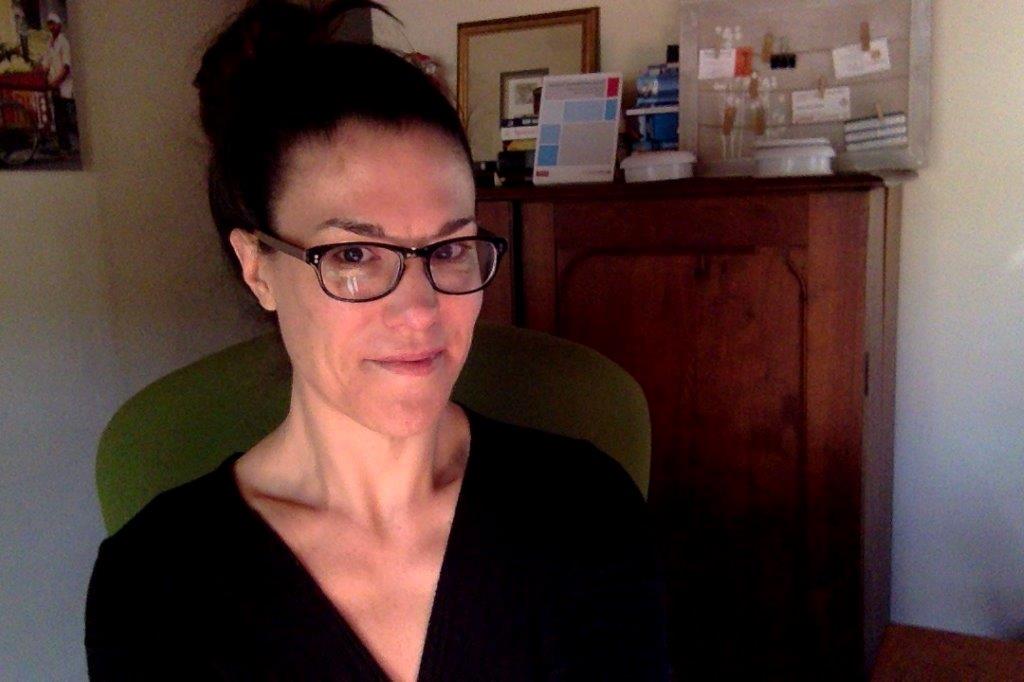 AnneMember
AnneMemberHi Pat,
This is actually a great example because it highlights that it is not possible to foresee and prevent all harm, like a finger prick for example– but we can minimise more significant risks by using stakeholder input to identify potential harms and ways to manage them.
In order to identify common social harms that may affect MSM trial participants in Thailand, which stakeholders do you routinely consult? CAB? NGO/CBOs, service providers?
-
11/18/2014 at 7:58 am #2359
Patchara
MemberExamples of trial related harms at my site may be pain at finger tip because participants have to come for blood draw at their tips twice a week. Some participants cannot work as usual because they are massage. Social stigma is less at our site. Some of participants were thought by their colleagues that they are HIV infected because they often come to our site.
The procedures to deal with trial-related harms were discussed with stakeholders prior the trial. So they can help us to mitigate misunderstand.
-
11/21/2014 at 1:02 am #2395
 Laura PotterMember
Laura PotterMemberI would echo much of what’s been said already in the forum on the subject of false-positivity as a result of trial participation (whether that be for an experimental HIV vaccine that gives someone VISP, or a PrEP study where antiretrovirals and other experimental products are being tested/dispensed to participants) or as a result of being prescribed Truvada for PrEP by one’s physician. I think that social media and the internet in general are wonderful places where these social harms can be mitigated successfully much of time. One such place on social media is the “PrEP Facts: Rethinking HIV Prevention and Sex” Facebook page, where incredibly informed and fascinating discussions about the problems and joys of accessing and taking Truvada take place between community members who support/themselves take PrEP, sometimes providers (though usually this is a space set aside for nonprofessionals to discuss these issues), and the curious. I think places like these on social media, in combination with other websites and YouTube videos that share personal experiences and opinions, could be a really great direction to take the social harm concerns that are specific to HIV clinical trials. Bridge HIV has actually made some videos starring interviewed trial participants from vaccine studies, obviously with their explicit consent, and shared these videos to spread the word about what it’s really like to be in an HIV vaccine study, and these videos were really well received. I hope that we can do more of these kinds of projects moving forward, to humanize the clinical research process some more, dispel myths about HIV research, and address the legitimate concerns that do exist about social trial-related harms (including stigma, discrimination, VISP, etc.).
-
This reply was modified 11 years ago by
 Laura Potter.
Laura Potter.
-
This reply was modified 11 years ago by
 Laura Potter.
Laura Potter.
-
This reply was modified 11 years ago by
-
-
AuthorReplies
- The forum ‘GPP Discussion Forum’ is closed to new topics and replies.


